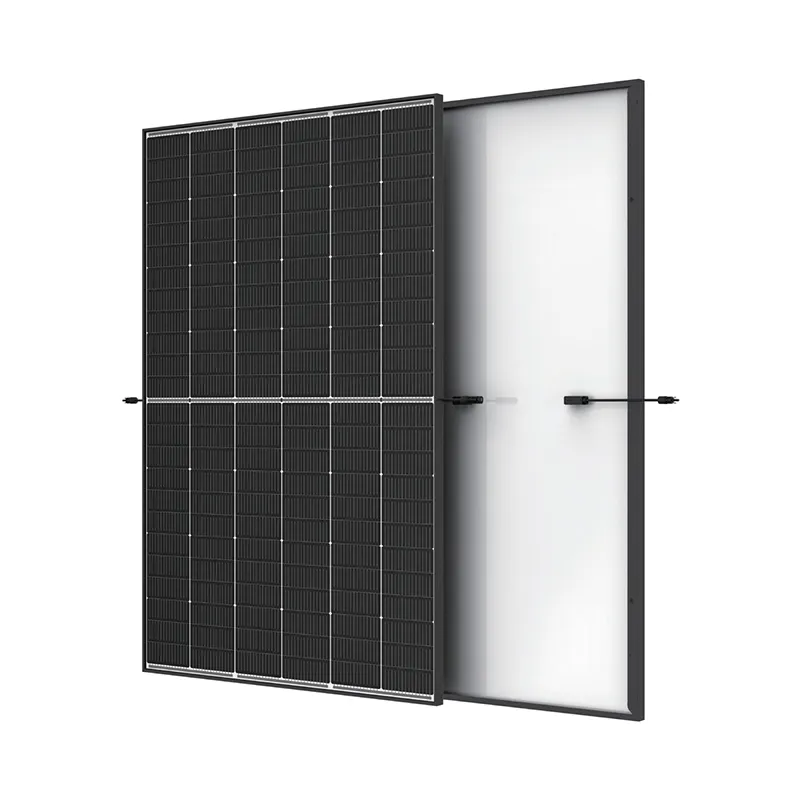Understanding Different Types of Solar Inverters for Efficient Energy Conversion
Understanding Solar Inverter Types A Comprehensive Guide
As the demand for renewable energy continues to rise, solar power has become a cornerstone in the quest for sustainable energy solutions. Central to solar energy systems are solar inverters, which convert the direct current (DC) electricity produced by solar panels into alternating current (AC) electricity, making it usable for homes and businesses. However, not all inverters are created equal. This article explores the various types of solar inverters, helping you understand which might be the best fit for your solar energy system.
1. String Inverters
String inverters are perhaps the most common type used in residential solar installations. In this setup, multiple solar panels are connected in a series, forming a “string” that feeds power into a single inverter. These inverters efficiently convert DC power from the string into AC power. One of their main advantages is simplicity; they are easy to install and maintain. However, their performance can be affected by shading or inefficiencies in one panel, affecting the entire string's output. This can be a limiting factor in scenarios where partial shading is a concern.
Unlike string inverters, microinverters are attached directly to each individual solar panel. This configuration allows each panel to operate independently, which can lead to increased energy production, especially in systems where shading is an issue. Microinverters convert DC power to AC power at the panel level, resulting in optimized performance and greater system efficiency. Additionally, they offer enhanced monitoring capabilities, allowing homeowners to track the performance of each panel. However, microinverters can be more expensive than traditional string inverters, which might be a deterrent for some.
3. Power Optimizers
solar inverter types

Power optimizers bridge the gap between string inverters and microinverters. Like microinverters, power optimizers are also installed at the panel level, but they do not convert DC to AC. Instead, they condition the DC electricity and send it to a central string inverter for conversion to AC. This setup maximizes energy production and mitigates the impact of shading, while maintaining some cost benefits of using a string inverter. Power optimizers are gaining popularity in installations with varied shading conditions or differing panel orientations.
4. Central Inverters
Central inverters are typically used in large-scale solar installations, such as solar farms. In this setup, arrays of solar panels are connected to a single large inverter, which handles the conversion of DC to AC power. Central inverters are highly efficient and capable of handling a significant amount of power, making them an ideal choice for commercial projects. However, like string inverters, they can suffer from performance losses if one part of the array is shaded or underperforming.
5. Battery Inverters
As the popularity of energy storage systems rises, battery inverters are becoming increasingly important. These inverters are specifically designed to handle the unique requirements of battery systems, converting DC electricity stored in batteries back to AC when needed. They can also manage the flow of electricity to and from the grid and your home. Battery inverters give homeowners the ability to store solar energy for use during peak hours or during outages, enhancing energy independence.
Conclusion
Choosing the right type of solar inverter is crucial for optimizing the efficiency and effectiveness of your solar energy system. Each inverter type has its own set of advantages and disadvantages, making it essential to consider your specific needs, budget, and installation conditions before making a decision. Whether you opt for a string inverter, microinverter, power optimizer, central inverter, or battery inverter, understanding these options will empower you to harness the full potential of solar energy. With the right inverter in place, you can ensure a sustainable energy future while reducing reliance on fossil fuels and contributing to a cleaner planet.
-
Unlocking Energy Freedom with the Off Grid Solar InverterNewsJun.06,2025
-
Unlock More Solar Power with a High-Efficiency Bifacial Solar PanelNewsJun.06,2025
-
Power Your Future with High-Efficiency Monocrystalline Solar PanelsNewsJun.06,2025
-
Next-Gen Solar Power Starts with Micro Solar InvertersNewsJun.06,2025
-
Harnessing Peak Efficiency with the On Grid Solar InverterNewsJun.06,2025
-
Discover Unmatched Efficiency with the Latest String Solar InverterNewsJun.06,2025







